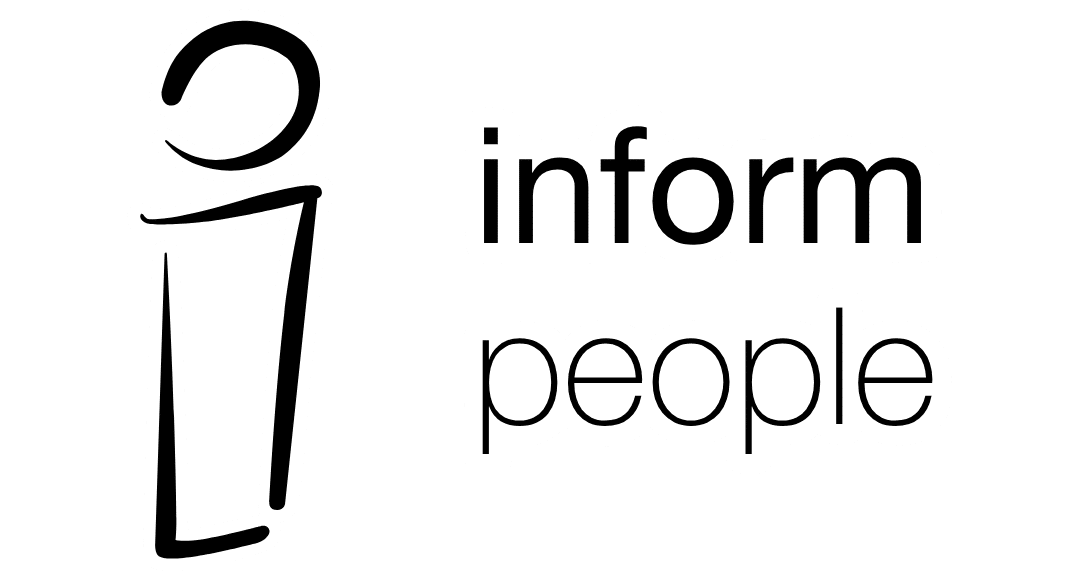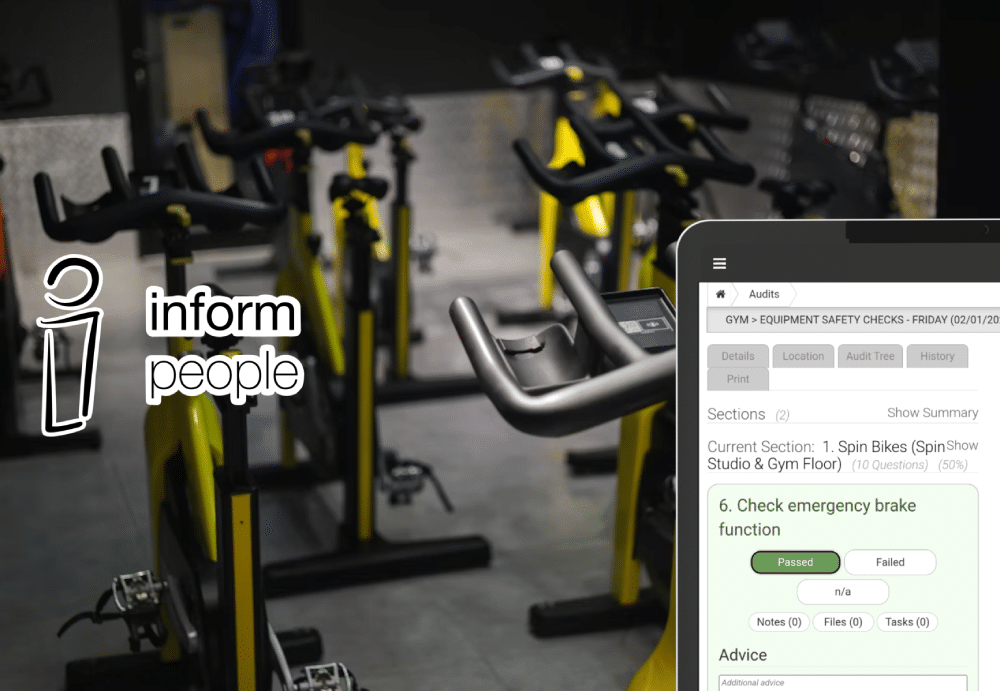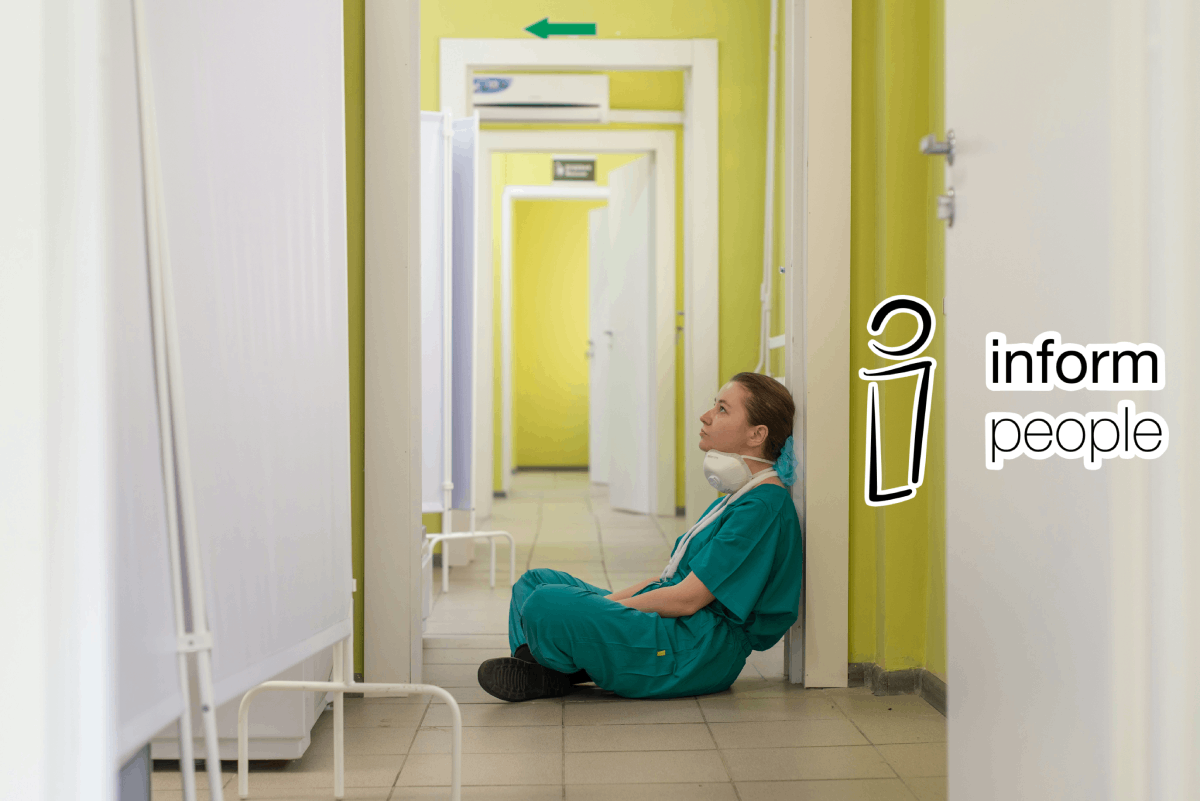THRIVE has provided insight into the reality of long-term transformational change
A question we have been asked recently is whether or not THRIVE (our tool for monitoring productivity in diagnostic hospital spaces) could be run in short bursts of six weeks and then moved to another department. While it is true that THRIVE is multi-disciplinary and can support tracking metrics within many departments, moving away from using THRIVE after a six week period would negate a large number of the benefits available with THRIVE. Within this blog we will explore why we think that limiting data collection to only six weeks would not have the desired impact of implementing THRIVE.
Put simply, while potentially well-intentioned, the approach of a six-week stint per department would be quite honestly too brief and results would lack the depth or richness required to drive meaningful, lasting change. Let’s explore why.
Six weeks is too short to build enduring habits
Behavioural science tells us that habit formation takes time. While six weeks might be enough to introduce new ideas or practices, it’s unlikely to solidify them into sustainable habits – especially when considering team impacts rather than those of an individual. Building meaningful changes in behaviour will require repeated exposure, reinforcement, and time for reflection.
If THRIVE was to be rotated in and out of departments after six weeks each, the risk is clear: the momentum gained during the programme could dissipate before habits fully take root. This creates a cycle of temporary compliance rather than enduring transformation.
Lack of time for organisational analysis and iterative adjustments
THRIVE has been running in our longest established locations for over five years. With such a rich set of data to interrogate, these departments can see year on year trends, the short and long term impact of any meaningful changes, seasonal changes etc. If they had been limited to a mere six week data set, how would they know whether the conclusions reached or changes made were having any perceptible, long term outcomes?
Positive change requires measurement, iteration, and adjustment based on data and feedback.
These processes demand time, more than a six-week cycle can offer. A short-term, rotational model may not address the unique needs of each department, especially if there are actions taken that might take more than a few weeks to discover, or see the impact realised.
THRIVE has been designed for longitudinal study and those who have had access to this data so far have seen meaningful positive impacts of being able to compare their results over years rather than weeks.
The risk of a “Temporary Push”
One of the keys to successful practice of positive change is cultivating trust in the people who are asked to do things differently and a sense of commitment (from all parties) to the initiative. A time-limited model can send the unintended message that the new actions are only a ‘temporary push’ rather than a foundational element of the workplace culture. This can reduce buy-in and make employees less likely to invest emotionally and behaviorally in the change.
A six-week programme feels more like a ‘push’ that will be only an intensive burst of activity aimed at fast-tracking results. While this can create an initial surge of motivation, it may lack the subtler, ongoing commitment needed to embed behavioral shifts.
Without consistent feedback beyond a short duration initiative, individuals may revert to old habits or just never know what the impact of their changes has been. A more sustained approach is the best way to see a real impact, one that six weeks of monitoring cannot provide.
Missed opportunity for observing impacts
Longer engagement with THRIVE allows people involved to not only make changes based on data but to actually see the impacts of these changes reflected long-term. Thus allowing them to either revert their choices if the impacts have undesired consequences or to share their positive experiences widely and help other hospitals with similar departments to make the same changes too.
Limiting THRIVE to a six-week period would reduce its designed impact; by focusing on surface-level behaviors at only one point in time, rather than systemic transformation, as different approaches can only be trialled and behaviours adapted if given plenty of time to both collect and reflect.
THRIVE is designed for long term use and detailed analytical reporting
While the idea of a rolling six-week THRIVE programme may sound appealing due to its agility or to spread the cost within a hospital’s budget, it ultimately risks being too short and superficial to create real, enduring change. Effective and lasting transformation is a marathon, not a sprint, requiring long-term commitment, regular reinforcement, and iterative improvements. To truly THRIVE, we must invest the time and resources necessary to move beyond temporary shifts to lasting impact. To support this, THRIVE is not expensive to implement even across multiple departments at the same time.




